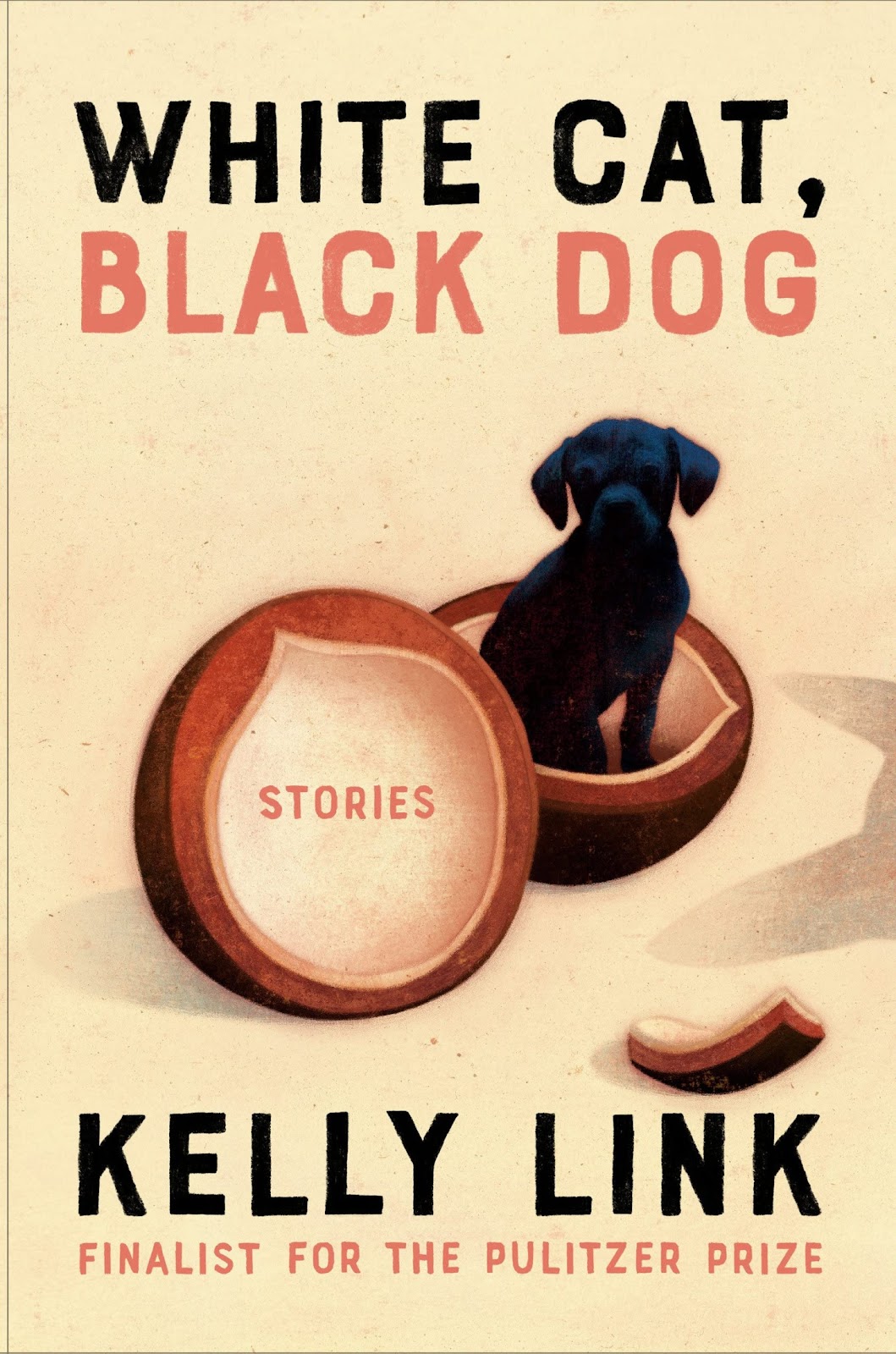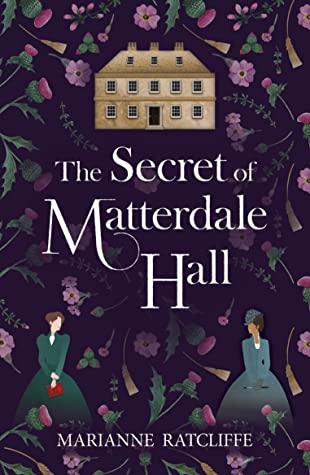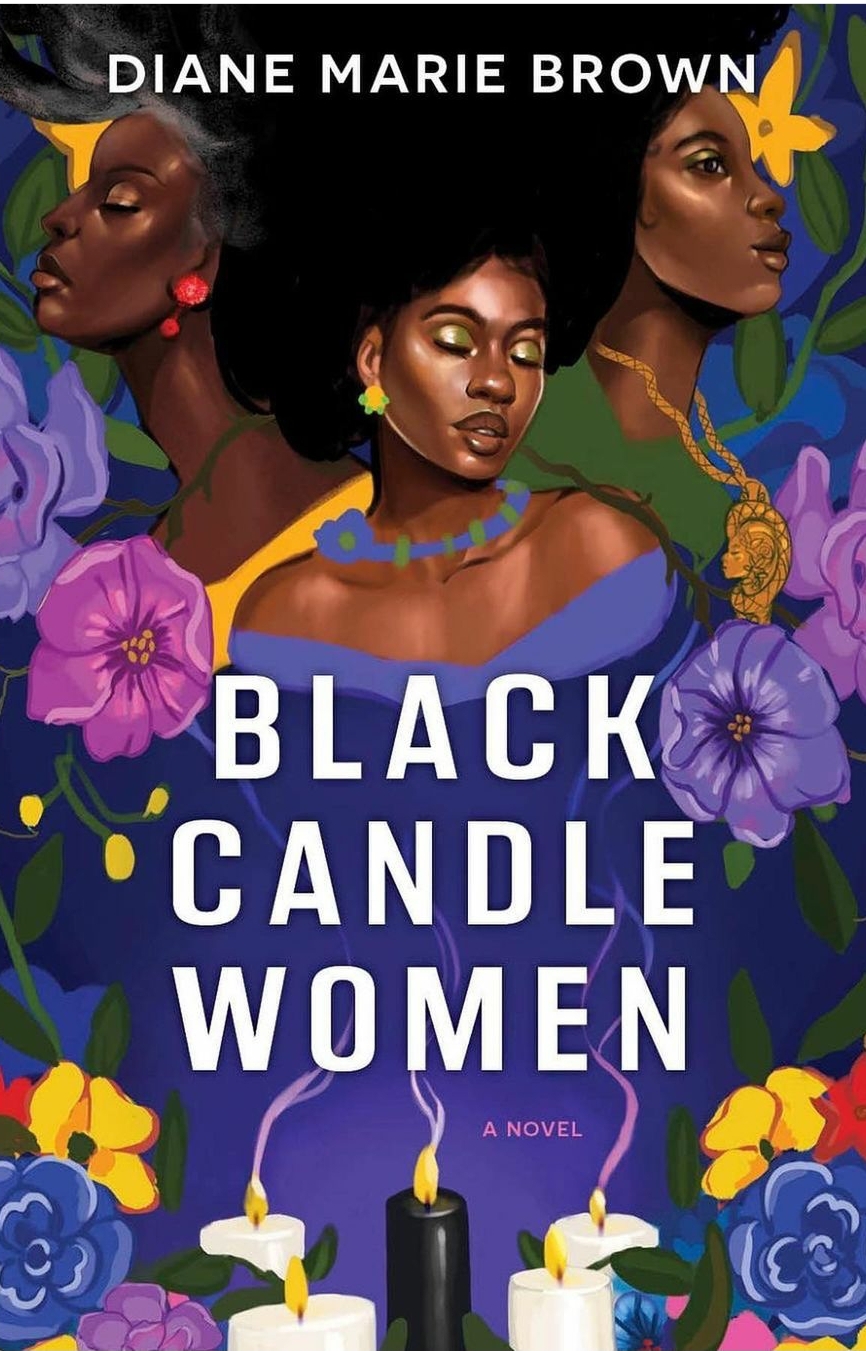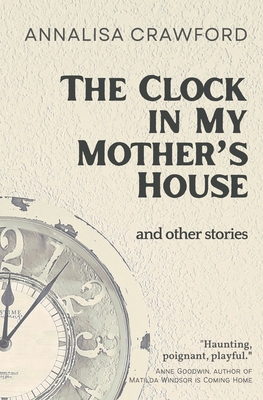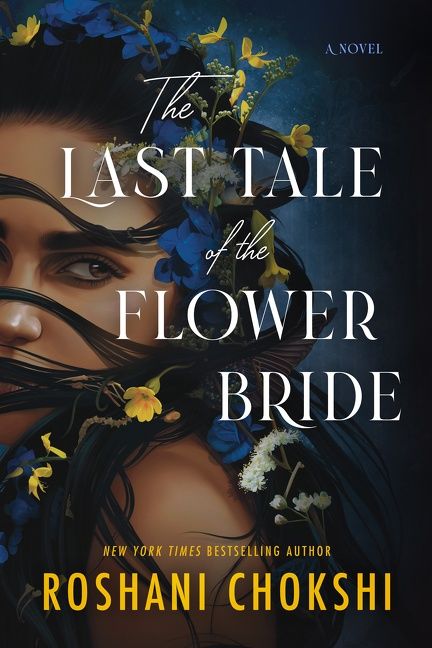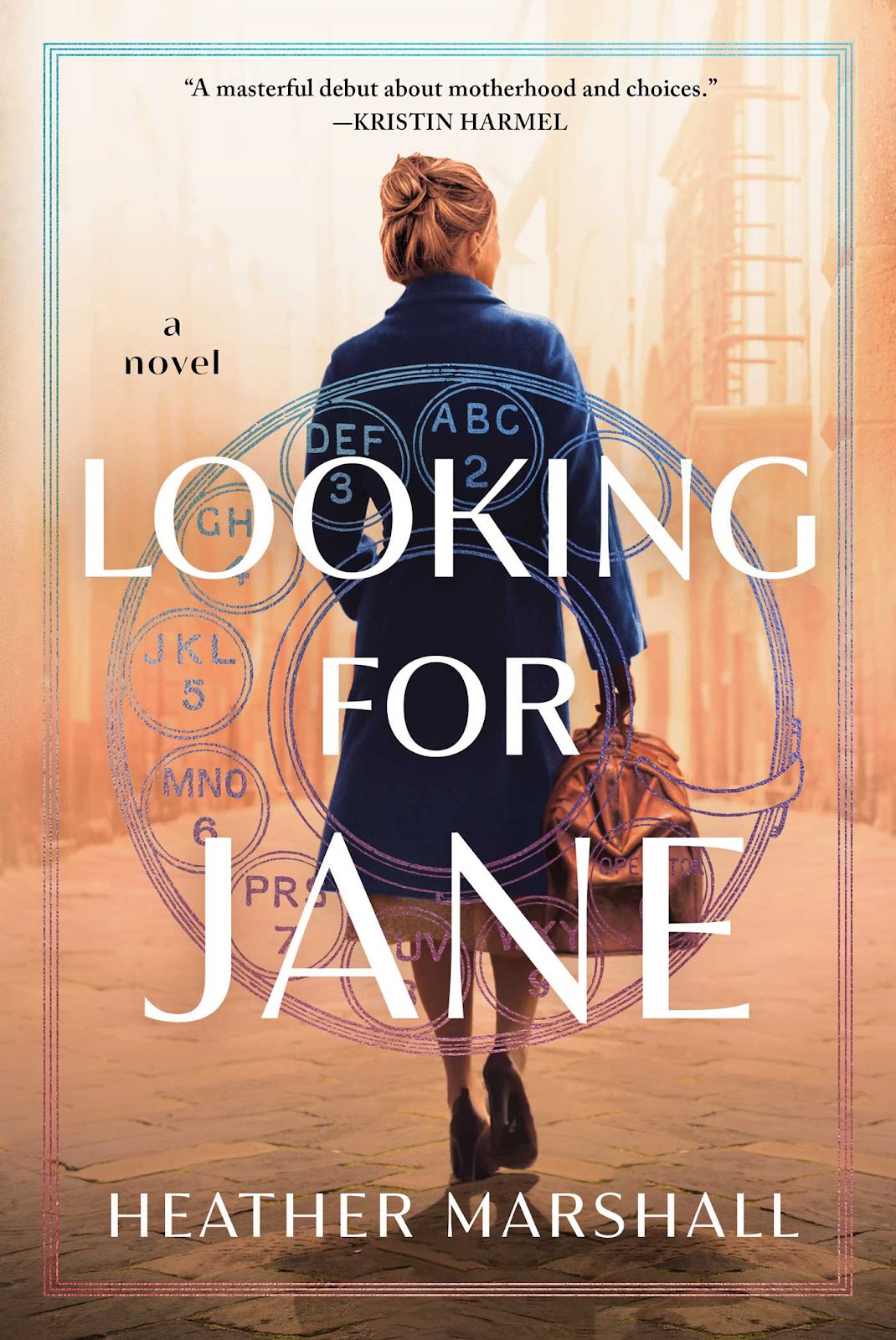Publication Date: 5th Oct 2022
Genre: Non-Fiction, Spiritual, Hinduism
4.5 Stars
One Liner: The first step to understanding Devi (meant for young readers)
It’s hard to review a book like this one. Devi for Millennials is exactly what the title says. It is a book about Devi for contemporary readers with little or no knowledge about Hindu scriptures. It deals with the history of Devi worship in Puranas and Devi Gita. It also has slokas from tantra worship.
The book simplifies the content without diluting its essence. The author clearly states that the translations of the Samskritam slokas are his interpretations. Though the language is simple, it has a soft melody that makes the translations sound beautiful in some places. There are clear tables that describe how Devi was formed (which parts belonged to which devas) and the Shakti Peethas.
The author also provides interesting insights into language and its limitations. For example, Durgaa is feminine, but Durga is masculine. Imagine how difficult it would have to correctly translate the slokas into other languages without confusing the gender dynamics.
Small stories from the Puranas are also shared to provide the backstory or context for different avatars of Devi. The book is divided into neat sections, with some information and explanation, followed by the translations of a selected few stanzas from the suktams and stotrams. (There is also a short explanation of the difference between the two).
The book deals with Sati Kanda from Shiva Purana and lists the 108 Shakti Peethas mentioned in various texts. The author also highlights the variations in the texts and how some of them tend to contradict each other. However, the bottom line remains the same- the places mentioned have a strong history of Devi worship.
An entire chapter explains Navaratri, the pooja, and the nava durgaas worshipped during this period. He describes the avatar of each durgaa while emphasizing the importance of iconography. The topic is not explored in detail but provides enough material to get a basic idea.
The next chapter deals with the thousand names of Devi mentioned in Lalitaa Sharasranama and ends with three versions of how Sankaracharya composed Soundaryalahari. The final section is dedicated to Devi Gita. Here, the author reminds us that he has merely translated the slokas and not interpreted them.
There is a recurring mention of nature’s elements (fire, water, air, earth, and spirit) and their role in Devi worship. There are also references to triple elements (we can find parallels with other pagan cultures that worship triple goddesses in different forms). In fact, the yantra designs are similar to the symbolism in ancient pagan cultures (the triangle being the most prominent and common symbol). However, don’t expect a detailed analysis of symbols in this book. This work is the first step to understanding Devi and becoming comfortable with her iconography.
To summarize, Devi for Millennials isn’t a book we display on the shelf or read and move on. It is to be treasured and referred to each time you want to know about Devi and her presence in this universe.
I won a copy of the book in the giveaway contest organized by Indica.
#IndicReads


